“Why should I?”
This is such an important question. We all want our kids to grow up so they can answer that question themselves. To be good people because they choose to be.
Morality is the sense of the right thing to do, and it is something that has to be learnt. When our child asks why they can or cannot do something, how we respond assists that learning.
Over the next few posts I will be looking at the 6 stages of moral development as described by Lawrence Kohlberg, and below I have briefly summarised his ideas. If you’d rather watch than read, I’ve attached a 10 minute YouTube summary here.
When a decision about right and wrong is needed, if you are aware of the stage of morality your child is at then you can choose a response that works. But even more importantly, that knowledge can guide you in choosing the response that helps your child develop into the next stage of their moral development, rather than reinforcing the stage they are currently in.
Healthy development sees your child passing through the various stages at predictable ages. Previous stages are never abandoned (we still consider them as factors in our moral decision-making), but they become less influential.
Pre-conventional morality
Stage 1: punishment orientation (“how can I avoid punishment”). Toddler
- In the pre-school years, children do not have their own personal code of morality. “The right thing” is what adults want you to do, and “the wrong thing” is what you are punished for.
- So a good action is one that avoids punishment.
Stage 2: self-interest orientation (“what’s in it for me”). Pre-school
- In kindergarten children learn that it is in their interests to behave, as then good things come their way.Their motivation is for their own benefit, but they are aware that they need to behave in “good” ways (those that consider others interests and needs) to get that reward.
- So a good action is one that leads to a reward.
Conventional morality
Stage 3: social conformity orientation. Primary school
- In primary school, the child is increasingly aware of the various groups they belong to. The motivation for moral behaviour now moves beyond personal self-interest and involves relationships with others and what others think of them…being regarding by the group as a “good boy” or “good girl”. For the first time, a child starts to consider the intentions of a person as to whether their behaviour was good, and not just the outcome of reward and punishment.
- So a good action is one that gains approval and belonging with others by meeting the social expectations of the group.
Stage 4: social-order maintaining orientation. Secondary school
- In late primary and secondary school (corresponding with the development of abstract thinking) the child becomes aware of the importance of obeying laws and social norms to maintain a functioning group. The motivation is not for personal gain or approval, but to uphold the obligations and duties of the group so it runs well for all members in the group…that is, for “us”.
What is right is what helps all those in the group, and is less about individual benefit and more about the central ideals of the group.
- So a good action is one that fulfills the values of the group and that makes the group run best.
Post-conventional
Stage 5: social contract orientation. Teenage years
- Sometime post puberty (but only for about 25% of the populations) the child sees the world as comprising many individuals and many groups, each holding different opinions, values and rights. Rules are not rigid edicts, but are considered social contracts that are cooperatively made for the benefit of all. In developing these contracts, individuals make claims on each other and this involves the understanding of and compromise of all involved. Rigid rules made by the group (and not made and agreed to by all parties as part of a social contract) are seen as only guides, and can be changed or disobeyed if necessary for “the greater good” of those involved.
- So a good action is one that comes from considering the wishes and needs of all involved, and through cooperation and compromise coming up with an agreement on how all will behave (reciprocal claim making), and then fulfilling one’s duty by obeying that agreement even if it goes against the authority of the group in power at the time. From this comes the Utilitarian ethical position; “The greatest good for the greatest number”. Western democracy has a basis in social contracts…we all vote and agree to abide by the outcome of that vote.
Stage 6: universal ethical principles orientation. Adulthood
- For a small number of people (considered by Kohlberg rare), at some point their moral reasoning becomes based on their adherence to universal ethical principles. The person sees that they have a duty to behave morally based on these principles, and not to behave:
- to avoid punishment (stage 1),
- in their own interests (stage 2),
- because of what is expected of them (stage 3),
- to maintain the rules of the group (stage 4),
- because of what has previously been cooperatively agreed upon (stage 5).
- So a good action is one that fulfills ones duty to goodness itself, and the virtues and values one believes to be universally true even if it goes against their own or their groups interests.
In the next post we will look at stage 1 morality and how to work with it.
